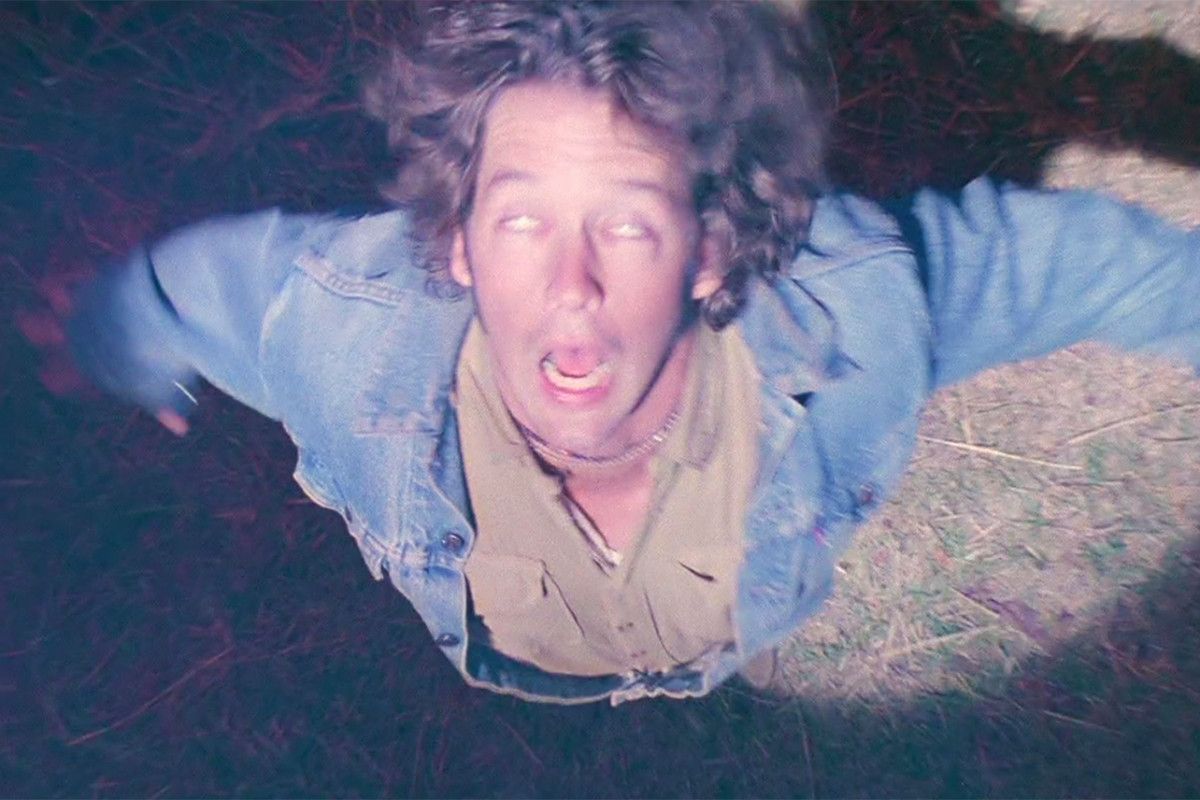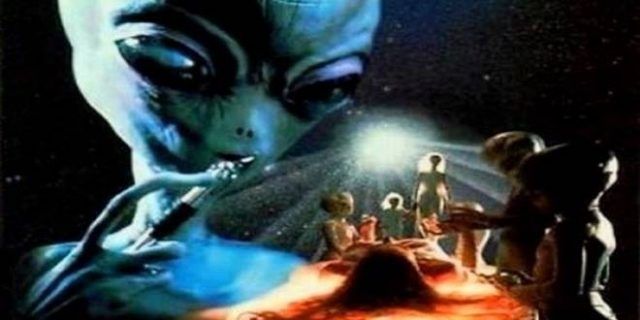Three Alien Abduction Movies Based on True Events
by Ralph Hall February 7, 2019 (culturedvultures.com)
• For the real people represented in the following alien abduction films, extraterrestrial visitations to our planet are nothing short of the absolute truth. Through hypnosis and conscious recall, abductees of unearthly abductors are able to reproduce their experiences. It’s very clear to contactees that these alien abductors have an agenda of their own. The books written by or for these abductees usually portray aliens as non-threatening and somewhat friendly, although they are frequently depicted as hostile, cold, and steadfast.
• These three films, which were based on true events according to the authors and abductees, describe alien life as they have experienced it. It may not be the aliens’ intent to frighten us, but after watching these alarming dramatizations, we as the human species have much to think about.
• COMMUNION (1989) – Based on the 1987 book of the same name by Whitley Strieber, Communion focuses on the struggles of the author himself, played by Christopher Walken, to come to terms with the possibility that he and his family may have been visited by aliens during a secluded winter vacation. Are these experiences hallucinations or dreams? What do the beings want? Strieber tries to answer these questions through hypnotic sessions with well-known UFO researcher, Budd Hopkins. (watch 1:46 minute trailer below)
• INTRUDERS (1992) – This television miniseries is based on Budd Hopkins’ 1987 book Intruders: The Incredible Visitations at Copley Woods. It follows two women who are experiencing similar paranormal activity by non-human ‘invaders’, and who seek help from psychiatrist, Dr. Neil Chase. The series reinforces the idea that scientific studies should question the reasons behind alien abductions and their intentions for mankind. (watch 2:42:19 minutes of the series below)
• FIRE IN THE SKY (1993) – Based on the 1978 book The Walton Experience, Fire in the Sky tells the story of Travis Walton who was abducted by a UFO in the woods of Northeastern Arizona in 1975, right in front of his friends and coworkers. Fire in the Sky is a dramatic story of a few men who witnessed something they could not explain, but must try to make the world believe in the unbelievable. The movie’s depiction of Walton’s experience inside the alien spacecraft was altered at the studio’s request, and is vastly different from Walton’s own description. Walton added a lot more detail to his story in his follow-up book, Fire in the Sky: The Walton Experience, published in 1996. (watch 5:14 minute ‘abduction scene’ below)
Can we as a film audience separate fact from science fiction? You can choose to believe in them or not, but for the real people represented in the following alien abduction films, extraterrestrial visitations to our planet are nothing short of the absolute truth. Using methods of hypnosis and conscious recall, abductees of unearthly abductors were able to reproduce their experiences through memoirs and documented case studies, which were later turned into books for the mass market.
Oftentimes, the media depicts alien life forms as either completely malevolent (as is the case in Alien or The Thing), or entirely harmless (think E.T. the Extra-Terrestrial or Mac and Me). While it’s up for debate what extraterrestrials’ meddlings with man ultimately accomplish, it’s very clear to contactees that they have an agenda of their own. The books written by or for these abductees usually portray aliens as non-threatening and somewhat friendly, although they are frequently depicted as hostile, cold, and steadfast.
These three films, which were based on true events according to the authors and abductees, describe alien life as they have experienced it, most of the time involuntarily so. It may not be the aliens’ intent to frighten us, but after watching these alarming dramatizations, we as the human species have much to think about.
1:46 minute trailer for the movie “Communion” (1989)
2:42:19 minute TV series, “Intruders” (1992)
5:14 minute ‘abduction scene’ in “Fire In The Sky” (1993)
FAIR USE NOTICE: This page contains copyrighted material the use of which has not been specifically authorized by the copyright owner. ExoNews.org distributes this material for the purpose of news reporting, educational research, comment and criticism, constituting Fair Use under 17 U.S.C § 107. Please contact the Editor at ExoNews with any copyright issue.






